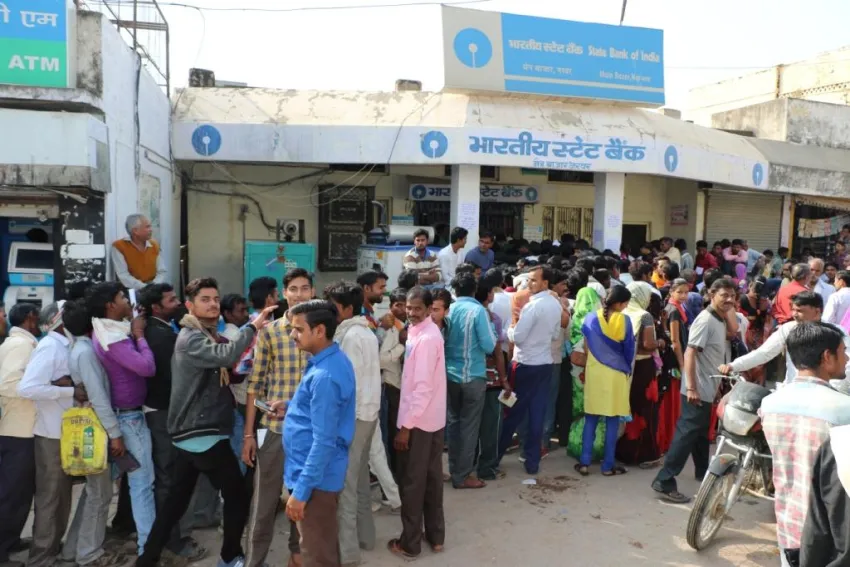
How will Indian banks benefit from RBI's injected capital?
The government will infuse $14b into 21 public sector banks by March.
With the Indian government injecting $14b into 21 public sector banks by March, each of the 21 public sector banks will receive enough capital to enable them to meet minimum capital norms after factoring in provisioning requirements for non-performing loans, as well as any requirements emanating from a transition to IFRS 9 accounting standards, Moody's Investors Service reports.
"This announcement is a credit positive for all public sector banks, and especially the weaker ones, as the government has made it very explicit that it will ensure that all such banks meet minimum regulatory capital requirements," says Srikanth Vadlamani, a Moody's vice president and senior credit officer.
Here's more from Moody's:
'Healthy' banks -- defined as those banks not placed under prompt corrective action by the Reserve Bank of India -- will receive additional capital so as to support overall credit growth.
The recent announcement signals that the government will provide material capital infusions for even weak public sector banks, since IDBI, CBI and IOB, which have the lowest baseline credit assessments (BCA) among rated PSBs, received amongst the highest capital allocations.
As noted, the government has also announced a set of corporate governance reforms at these banks, the most important of which relate to board level governance and corporate loans.
"However, some of these changes, while positive, seem to be largely fine tuning and calibrating some core internal processes at these banks," says Vladlamani.
"For instance, it is now envisaged that a bank's board will monitor the bank's performance on key metrics on a more frequent basis and there should be a performance management system to incentivize and fast track good performers," says Vladlamani. "Banks will also have to more closely monitor corporate exposures beyond a certain size."



















 Advertise
Advertise








